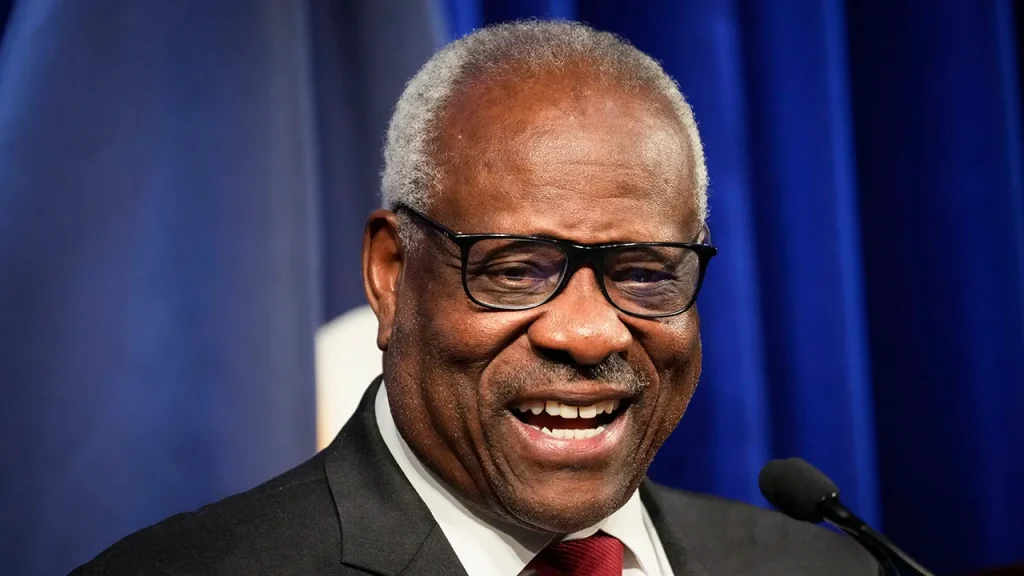On October 15, 1991, Clarence Thomas was confirmed to the U.S. Supreme Court by a 52 to 48 Senate vote. This followed the retirement of Thurgood Marshall, the first African American to sit on the Supreme Court, leading President George H.W. Bush to nominate Thomas, a 43-year-old African American judge known for his conservative beliefs, to fill the vacancy. Thomas had previously served as the chair of the Equal Employment Opportunity Commission and as a judge on the U.S. Court of Appeals. Despite some controversy over his conservative views, Thomas was widely expected to be confirmed to the Supreme Court until Anita Hill, a former aide and law professor, accused him of sexual harassment.
Hill’s allegations, made public on October 5, 1991, dramatically altered the nomination process for Thomas. The Senate Judiciary Committee held four days of televised hearings where Hill testified about the alleged harassment she experienced from Thomas. Hill recounted incidents of lewd comments and unwanted advances, while Thomas adamantly denied the charges. The hearings were marked by the stark contrast between Hill’s testimony and the unsympathetic response of the all-male committee, some of whom were openly hostile towards Hill. Ultimately, the committee recommended Thomas’ confirmation, leading to a close Senate vote of 52-48 in his favor, making it the closest vote for a Supreme Court nominee in over a century.
Born in the Pinpoint community near Savannah, Georgia on June 23, 1948, Clarence Thomas graduated from the College of the Holy Cross and Yale Law School. He previously served as assistant secretary for civil rights at the U.S. Department of Education and as chair of the U.S. Equal Employment Opportunity Commission. Thomas also served as a judge on the U.S. Court of Appeals for the District of Columbia Circuit before being appointed to the Supreme Court. He took his seat as a Supreme Court Justice on October 23, 1991, becoming the longest-serving current justice and the only one to have taken his seat before 2000.
The confirmation of Clarence Thomas to the Supreme Court in 1991 was a highly contentious process marked by allegations of sexual harassment by Anita Hill. Prior to the accusations, Thomas was widely expected to be confirmed due to his conservative beliefs and previous experience in government. Despite the controversy, the Senate ultimately voted in favor of confirming Thomas, making it the closest vote for a Supreme Court nominee in over a century. Thomas has since become the longest-serving current justice on the Supreme Court, having taken his seat in 1991 before the turn of the millennium.


